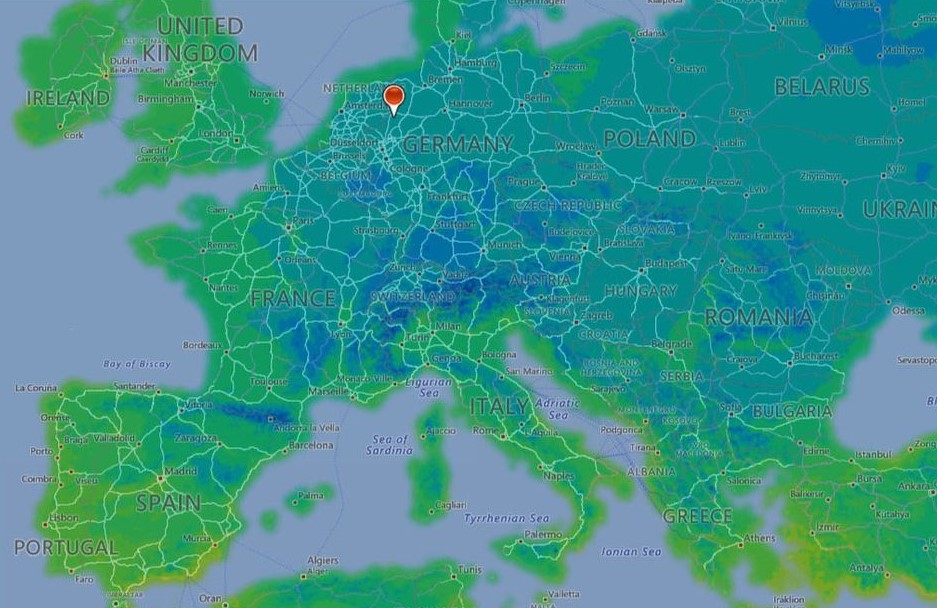The gradual change of climate in Europe brings several risks, including heatwaves, rising temperatures, and unexpected floods. Scientist Freja Vamborg outlines the assumptions of what the climate in Europe will look like in 30 years.
Data Collection to Determine the Forecast
The European Copernicus project deals with the collection of data from various sources (satellites, universities, small and medium-sized enterprises, and government organizations.) Copernicus, a research project set by the European Commission, is an intermediary that provides information to those who need it.

For example, a company that offers wind turbine installation can find out how windy is the chosen area thanks to the Copernicus project. The information provided regarding the air currents in the area will help decide whether to build windmills on site.
Europe in the Coming Decades
Based on the examination of mass data, the temperature will continue to rise unless there is a decrease in greenhouse gases. According to calculations, scientists estimate that in the next twenty years, Europe will not be warmer than in the past two decades.
The average amount of precipitation, especially in the Mediterranean, will decrease. However, in the case of rains, scientists are not interested in overall averages, such as short-term intensity.
“It’s a big difference whether you count the average from several intense storms with a lot of water falling at one time, or from the frequent small rains and permanent drizzle that is in England. In some countries, the total precipitation remains the same, but the rains are now more intense and the dry periods between them are constantly lengthening. Both extremes are dangerous: on the one hand, there are floods, on the other, agriculture suffers from a drought – within the same territory,” explains Vamborg.
According to maps developed by the Copernicus project, for example, the Baltic states are in danger of flooding, while Central Europe will face drought.
Freya Vamborg takes care of editing the annual European State of the Climate (ESOTC), where you will find information if needed.
Source: climate.copernicus.eu, featured image by jhenning from Pixabay




